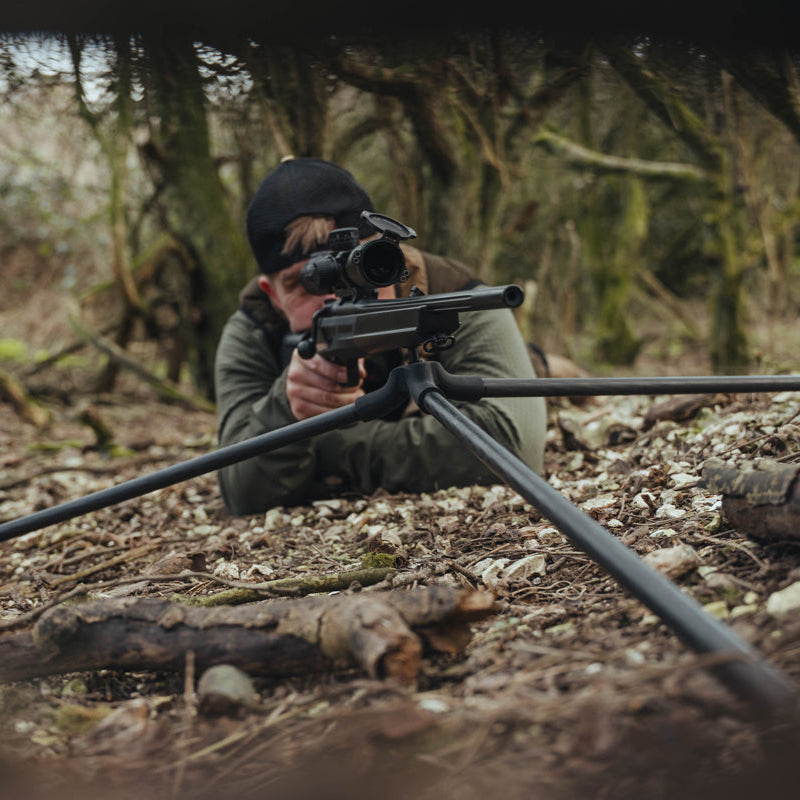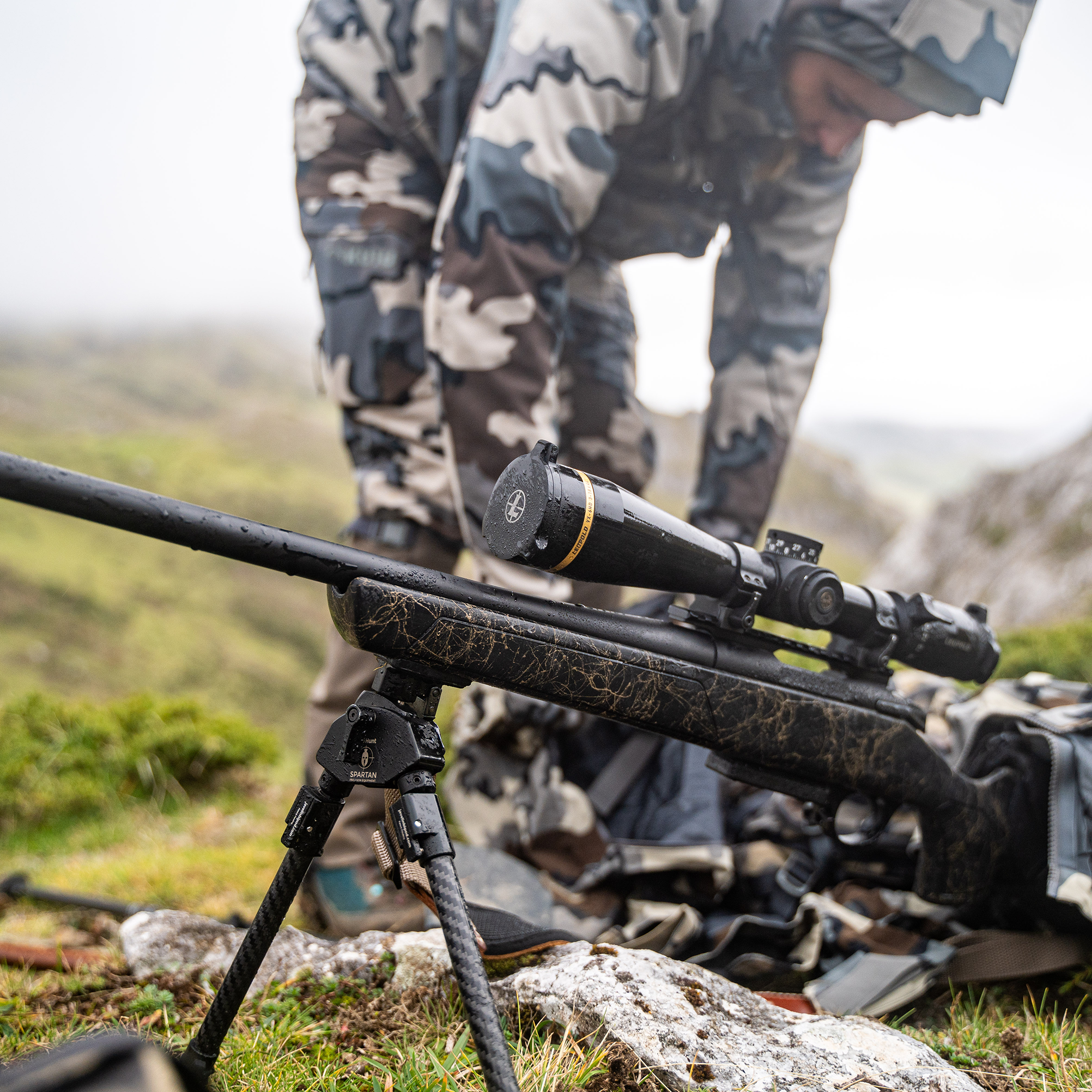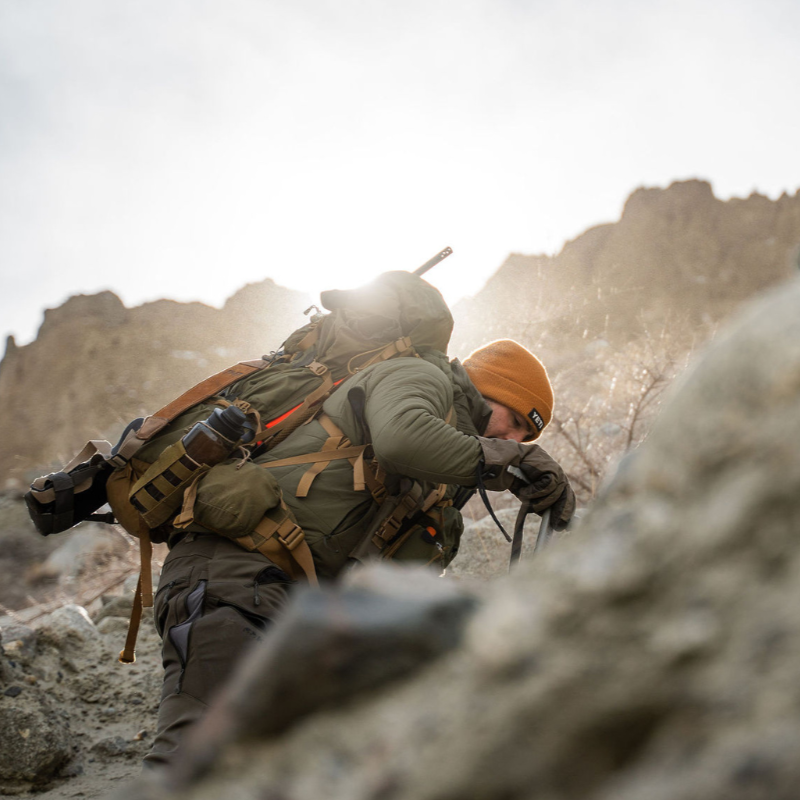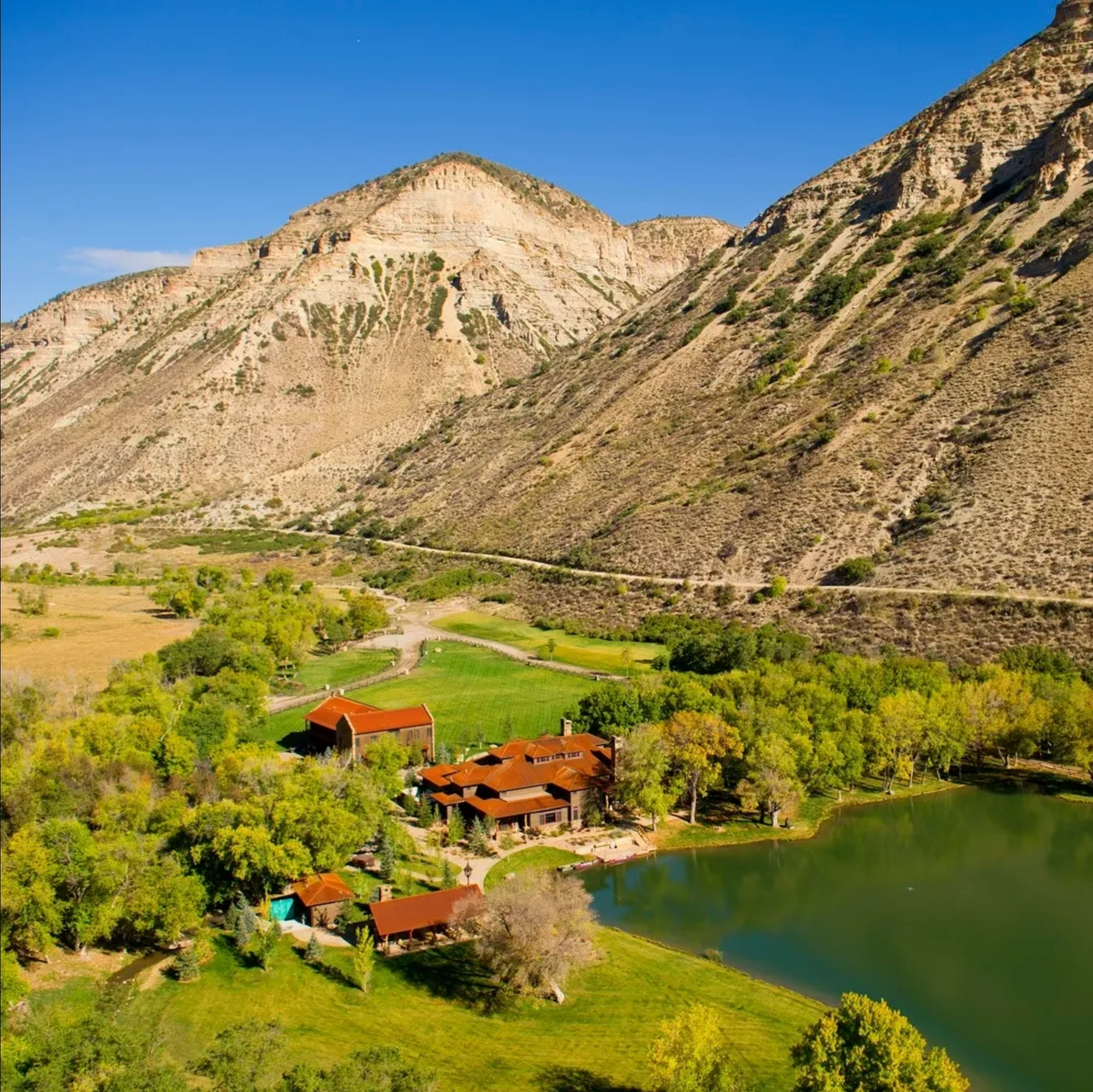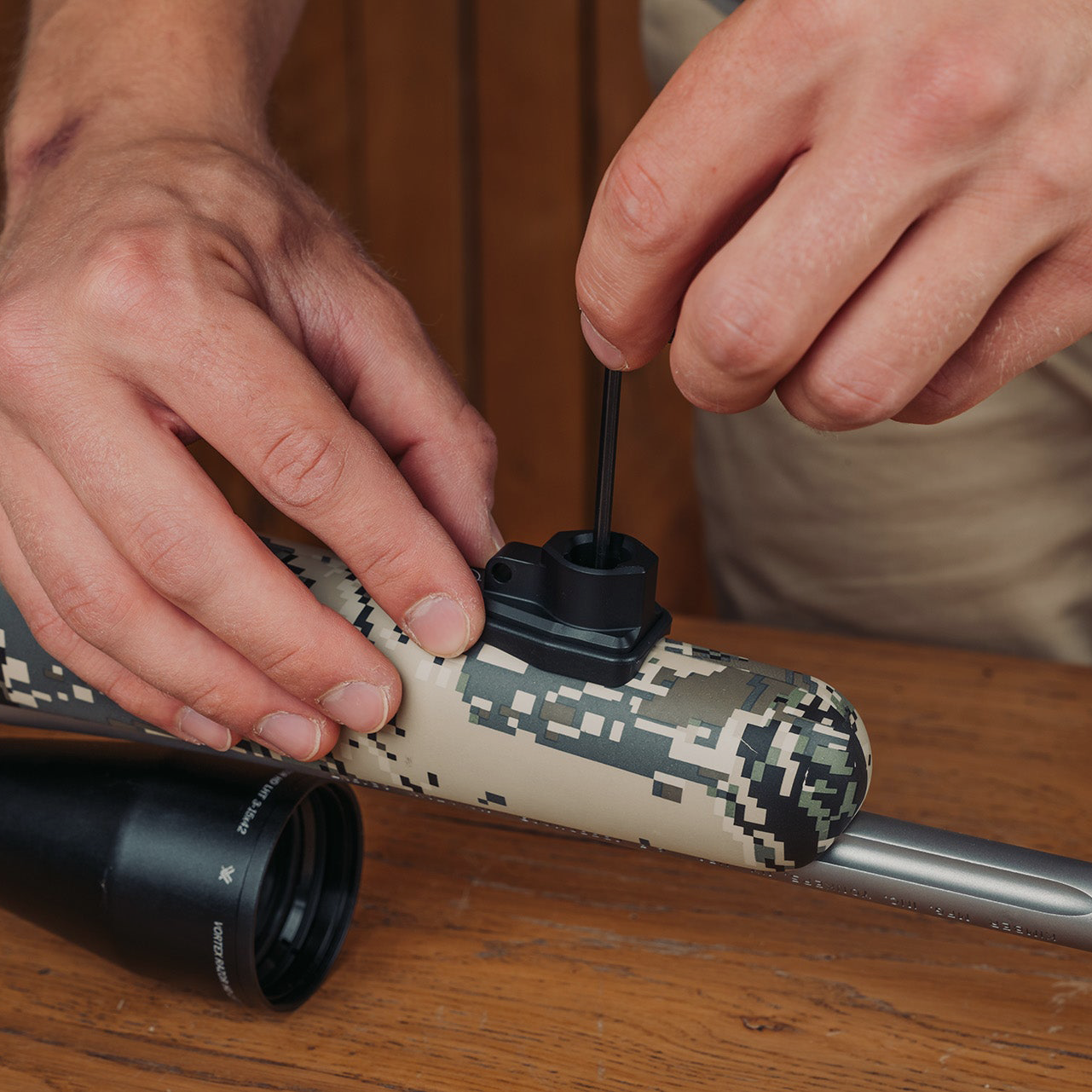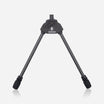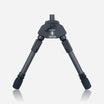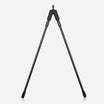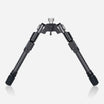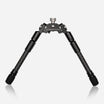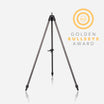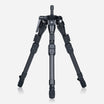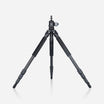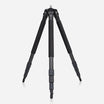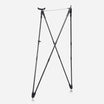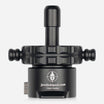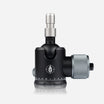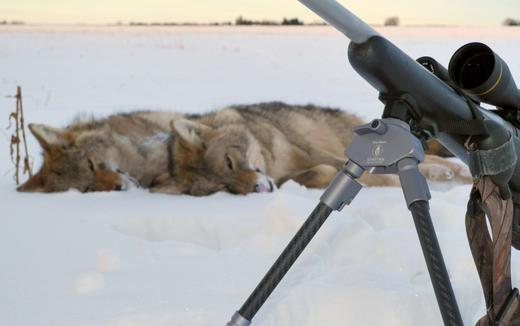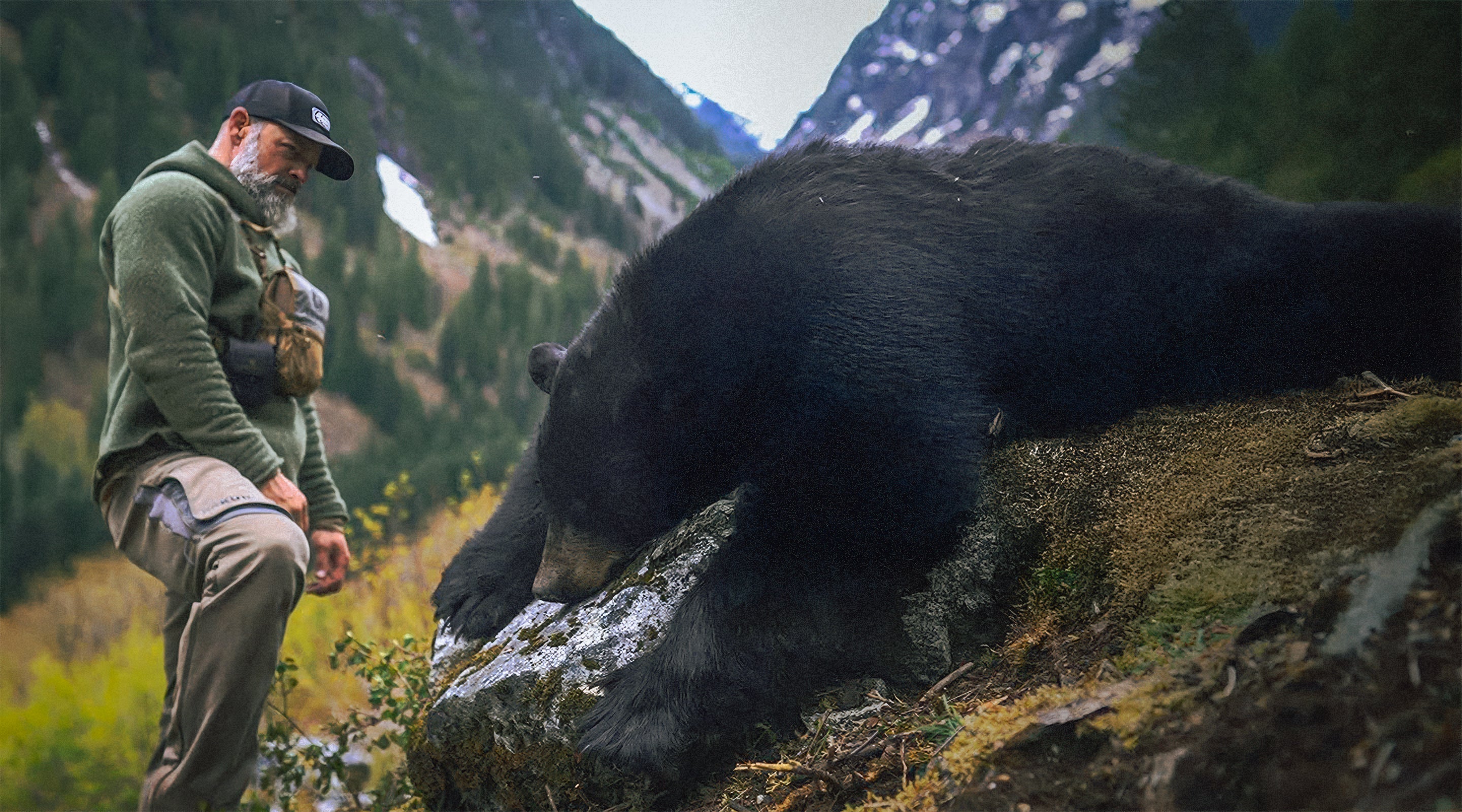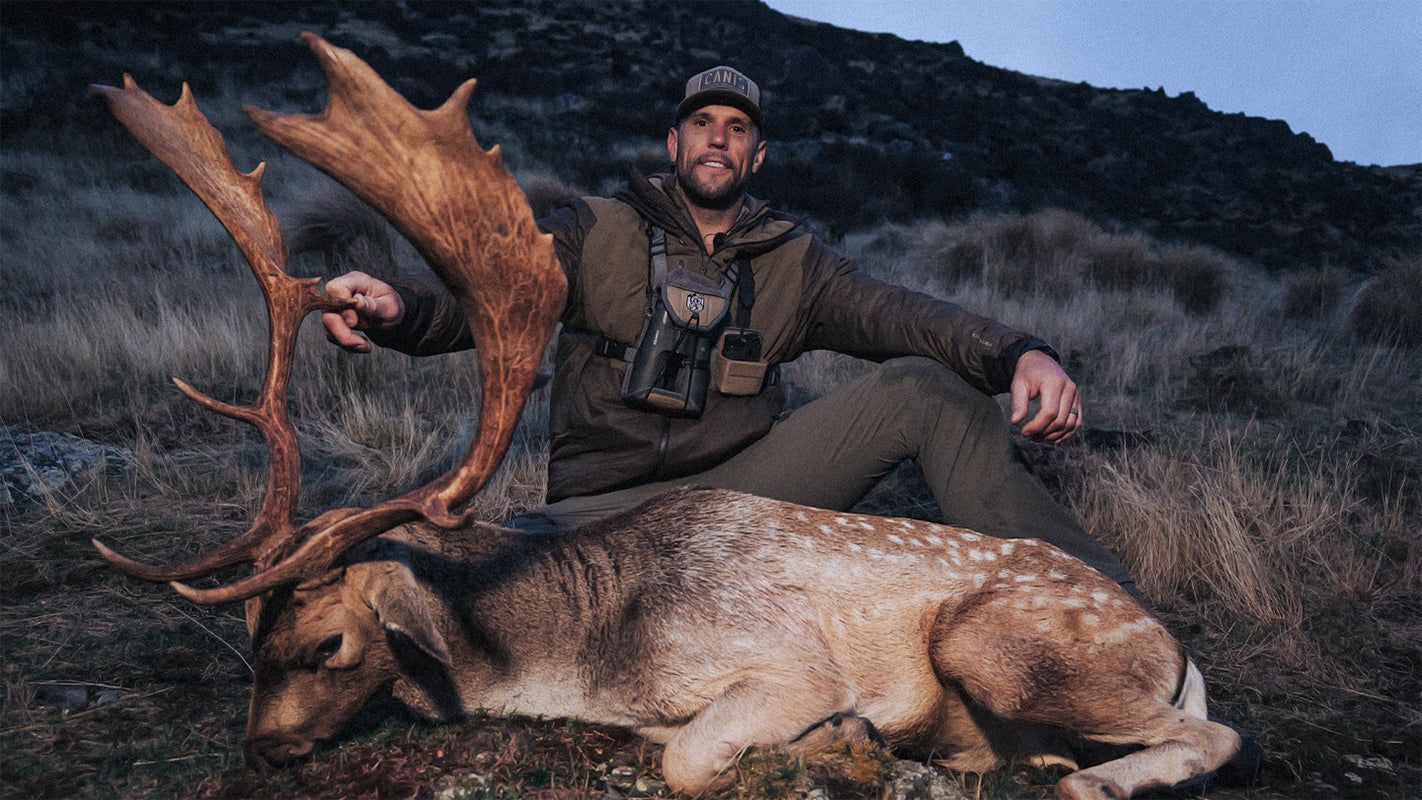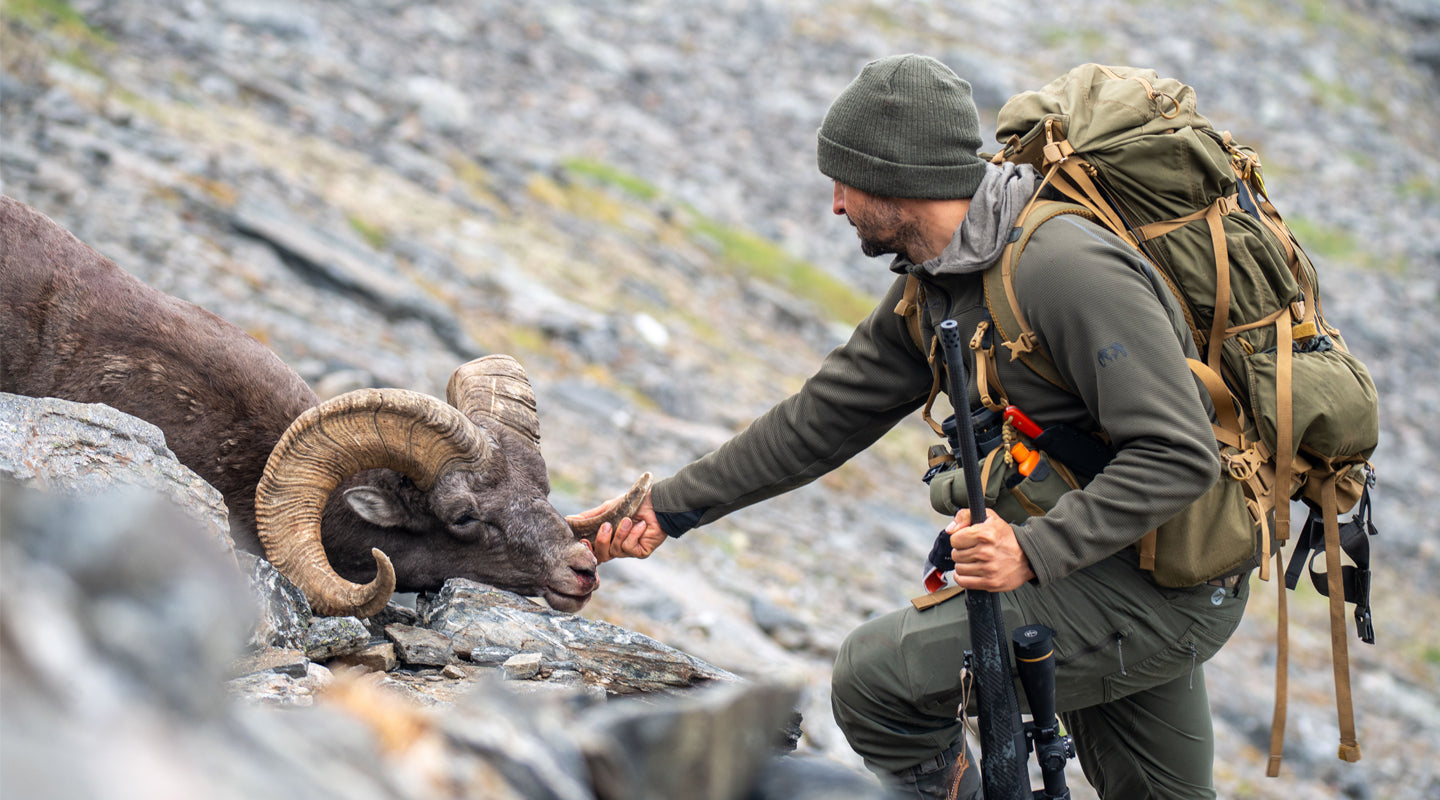Springtime in rural Canada is calving season. It’s a time of intense activity for ranchers and farmers as they try to ensure their cows give birth to healthy calves. Working against this goal are Canada’s unpredictable spring weather and an ever-present assortment of predators. While hunters can’t do much about the weather, we do have the capability to assist in predator control. Coyotes in particular are a problem, as evidenced by the fact that here in Alberta, where I live, they are such a problem that no hunting license is required to pursue them and there is no bag limit.

As soon as a herd of cattle begins calving, it’s a sure bet that every coyote within 10 kilometers will show up, hoping to kill a newborn. It’s not unusual to see a dozen coyotes hanging around the fringes of a herd waiting for their chance to swoop in. But coyotes aren’t stupid, so they work under the cover of darkness and go to great lengths to avoid getting shot. Of course, the rancher has other chores besides protecting his herd, and that’s where hunters come in.
I recently acquired a new custom rifle, chambered for the .22-250 cartridge, specifically for coyote control. It’s a lightweight rifle, perfect for long walks in deep snow. This rifle screams for a lightweight bipod to assist in the long shots, so I added a Spartan bipod system and took it on its first hunt.
Sunrise found me sitting on a hillside overlooking a corral complex of calving cows. I could see some coyotes moving about on the far side of this cattle operation, but nothing was within rifle shot distance. But that’s what calls are for, so I started making whimpering sounds on a mouth call. A minute later a pack of six coyotes appeared from the line of trees forming the complex’s border closest to me. Five of them moved in a wide circle to get downwind, which put them out of sight to me, but one moved straight in. I let him close to 93 yards before dropping him into the snow.
I let things calm down for a while and then started calling again. This time a pair appeared out of the corrals and headed to me, with one charging in aggressively, but the other hanging back. At 110 yards I ended that coyote’s cattle rustling days as well. These weren’t long shots, but I used the bipod anyway because it’s support helped guarantee good hits.

No more opportunities arose that morning, but because I’d seen a total of 10 coyotes it was obvious this rancher needed more help. Three days later I was back with a friend, and armed with the knowledge gleaned from this first encounter, we set up two separate ambushes along routes we expected them to travel at sunup.
We tallied two more that next morning, with my friend taking his at a mere 33 yards. Mine was a longer shot, stretching out to 225 yards, a distance that certainly made me appreciate the stability of the Spartan bipod.

There’s more work to be done here, so in a few days, I’ll be back again. The new rifle is working great and so is the Spartan bipod. It’s a combination proving to be as lightweight and stable as I’d hoped. The rancher is as happy as I am with the results.

